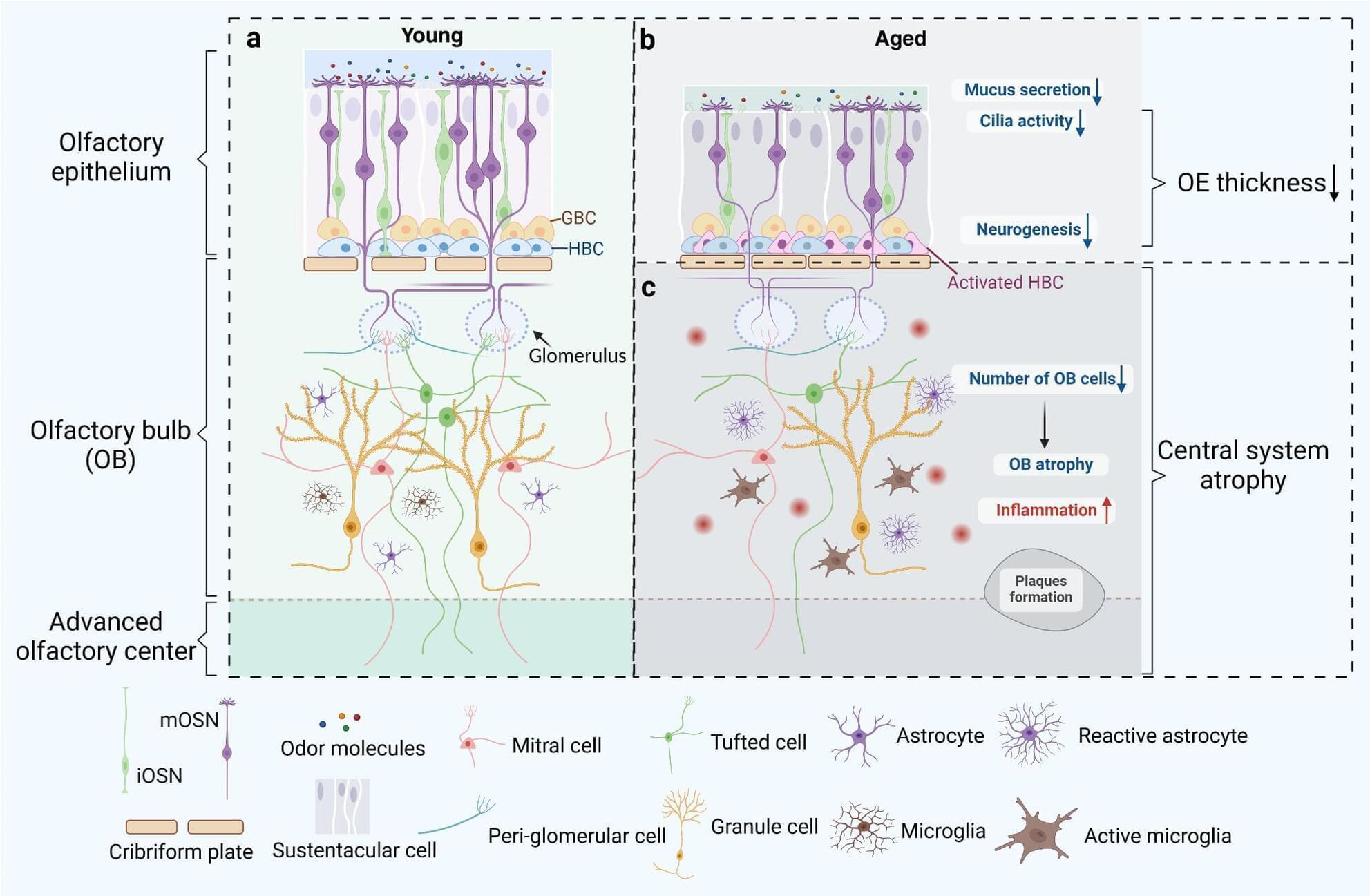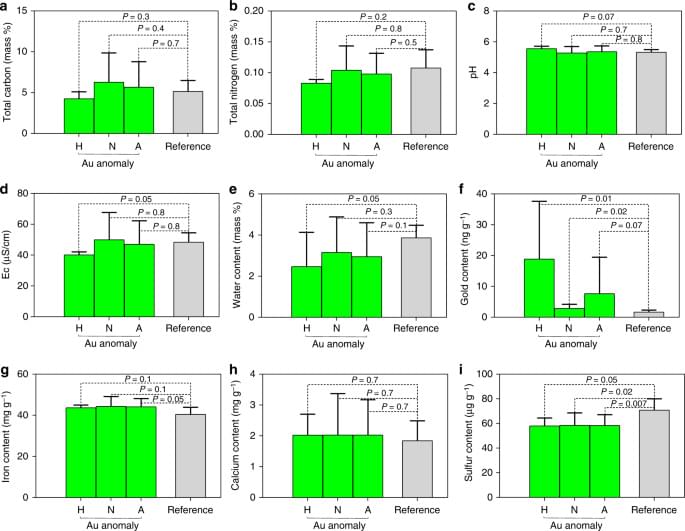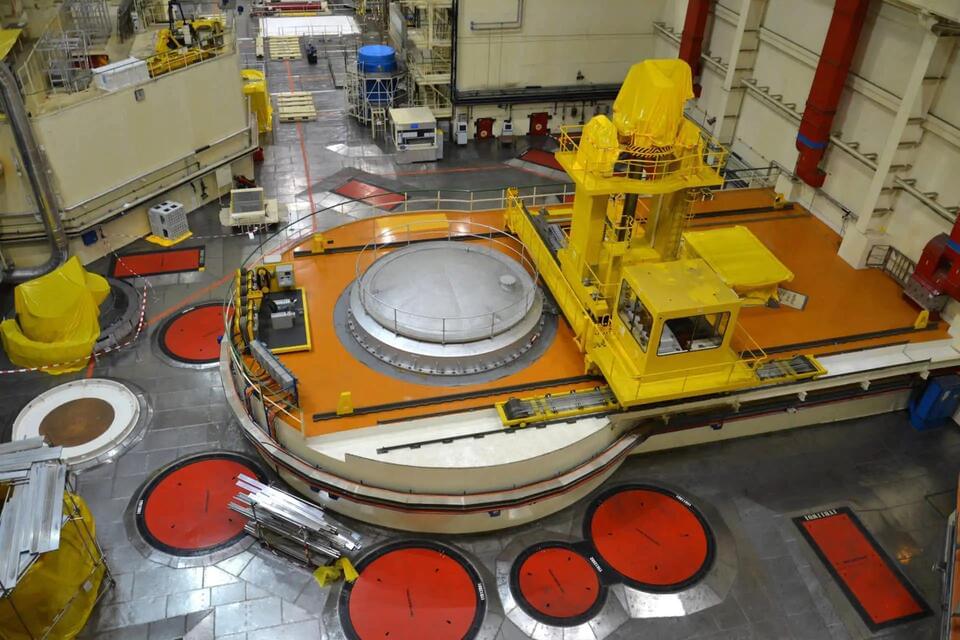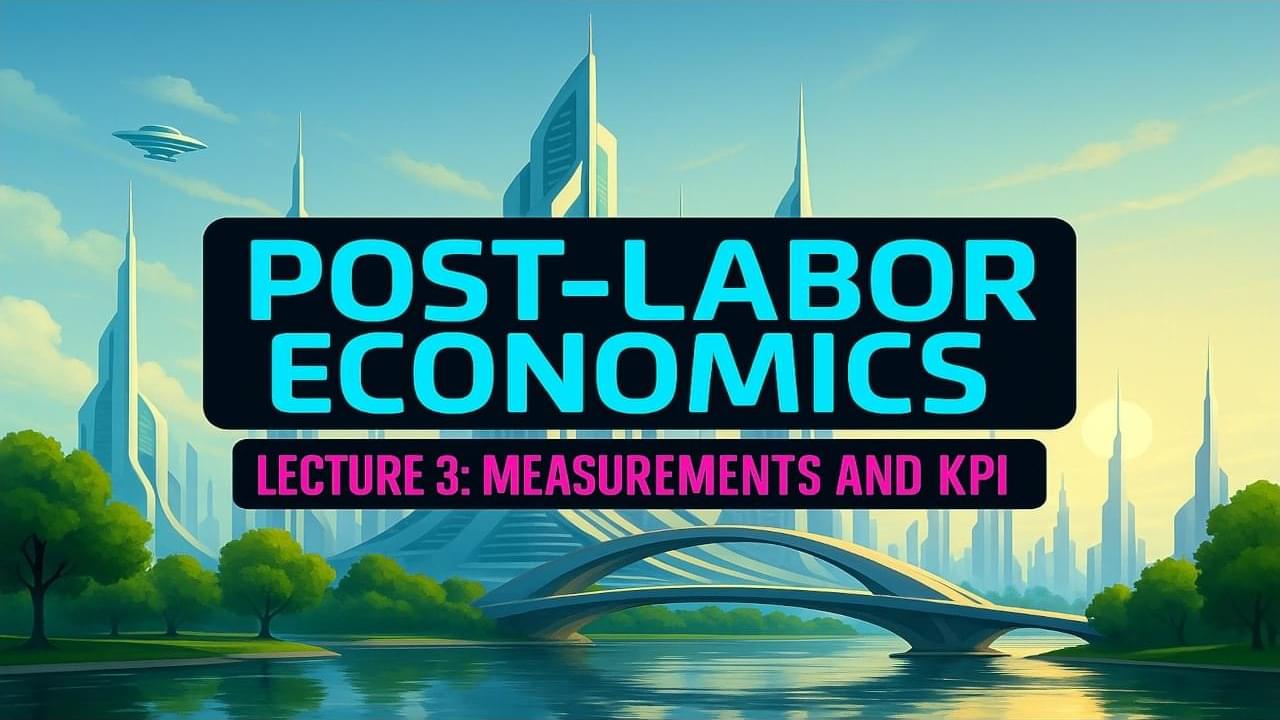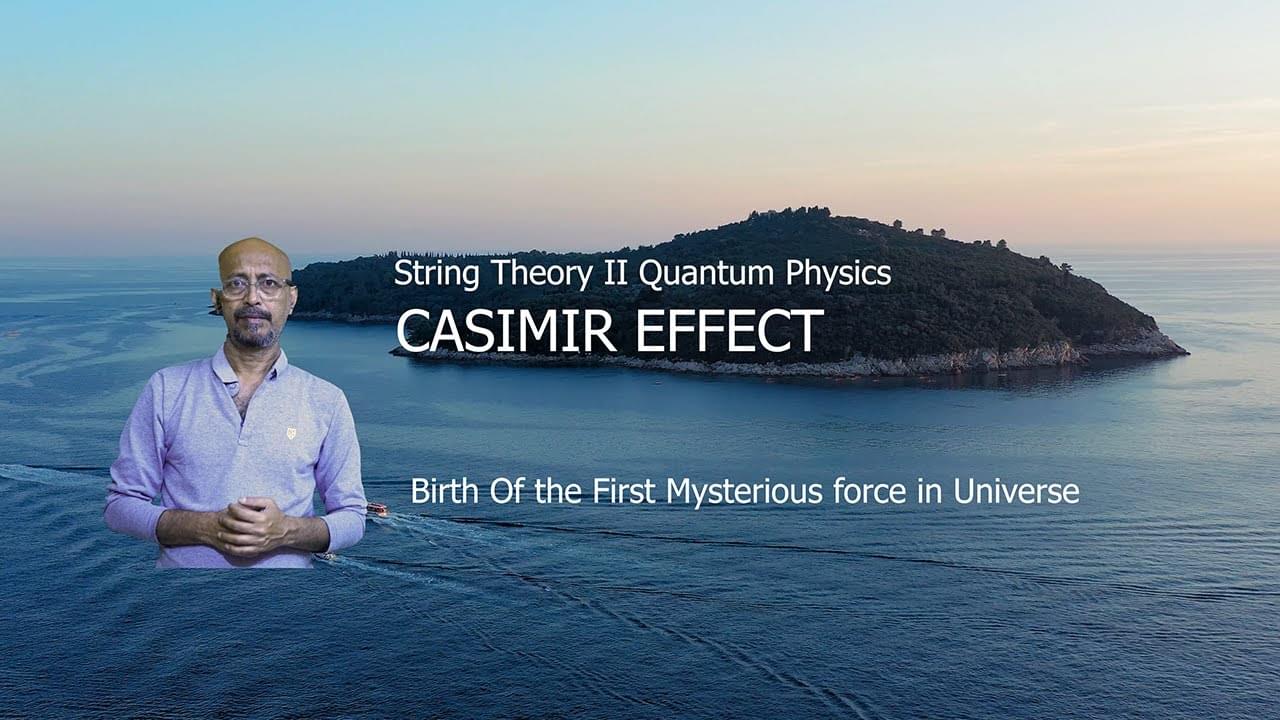Olfactory dysfunction (OD) is a common nasal disease, particularly prevalent among the elderly population, significantly impacting the affected individuals’ quality of life. This review focuses on the influence of aging and chronic inflammation on olfactory dysfunction, presenting insights from both the peripheral and central olfactory systems. By exploring the molecular mechanisms and pathological changes underlying the occurrence of olfactory dysfunction in relation to age-related diseases and chronic inflammation conditions, we aim to provide a comprehensive theoretical foundation for further research and offer valuable insights for more effective treatment of olfactory dysfunction.
Our Milky Way galaxy is home to some extremely weird things, but a new discovery has astronomers truly baffled.
In data collected by a powerful radio telescope, astronomers have found what appears to be a perfectly spherical bubble. We know more or less what it is – it’s the ball of expanding material ejected by an exploding star, a supernova remnant – but how it came to be is more of a puzzle.
A large international team led by astrophysicist Miroslav Filipović of Western Sydney University in Australia has named the object Teleios, after the ancient Greek for “perfection”. After an exhaustive review of the possibilities, the researchers conclude that we’re going to need more information to understand how this object formed.
The role of fungi in the biogeochemical cycling of gold remains unclear. Here the authors show that fungi can initiate gold oxidation under supergene conditions, thereby impacting gold mobilisation and secondary deposit formation in terrestrial environments.
Today, tegus are considered invasive creatures in Florida, but a new paper suggests they’ve lived in the southeastern United States at least once before—millions of years ago
Hyundai Motor Group is investing $21 billion in the U.S., with $6 billion dedicated to innovation and partnerships, significantly increasing Boston Dynamics’ robotics production.
Coding is fast, it always has been. What actually takes a lot of time are the processes behind formulating the design structure of application and the time it takes to lay down the logic structures that underpin an application. Then there’s the time needed to perform the testing and debugging of the software, as it moves towards its final state of live production.
The rise of AI-powered coding agents has promised to speed up coding, so the conversation should now focus on what areas of the software application development lifecycle these new automations are actually being brought to bear upon.
The consensus of opinion right now appears to gravitate towards driving coding assistance services towards the lower-level services needed to manage applications, rather than any more cerebral or upper-level ability to create apps themselves. Although this statement is in danger of being obsolete before the end of the current decade, this appears to be where we are right now.
Those of us without stable housing are:3-4x more likely to die prematurely2x as likely to have a heart attack or stroke3x more likely to die of heart disease if they are between 25 and 44 years oldLife on the street is brutal.
Russian scientists make incredible breakthrough that could revolutionize nuclear power: ‘Will cut its use of natural uranium by 50%’
Posted in innovation, nuclear energy | 1 Comment on Russian scientists make incredible breakthrough that could revolutionize nuclear power: ‘Will cut its use of natural uranium by 50%’
Join our free newsletter for weekly updates on the latest innovations improving our lives and shaping our future, and don’t miss this cool list of easy ways to help yourself while helping the planet.
First appeared on The Cool Down.
🤖🦾💰Tour de force by David Shapiro on the Economic Singularity.
All my links: https://linktr.ee/daveshap
CASIMIR EFFECT @SEVENTHQUANTUMACADEMY
This video will tell you the mysterious creator of force carrier particle particularly Graviton and then chronologically gluon, photon and boson. You will see delving into the string theory and quantum physics and dimensional physics that how this force was first created immediately after the first quantum vacuum fluctuation and the creation of Planck’s length and hence the Planck’s world. You will observe with tremendous astonishment that it is telling some other stories regarding birth of invisible universe which is the predecessor of the visible third dimensional universe we can see today. So to delve into this mysterious world, watch the full video with concentration and to get more subscribe SEVENTH QUANTUM ACADEMY and tap the bell icon to get notified when the new video gets published.
